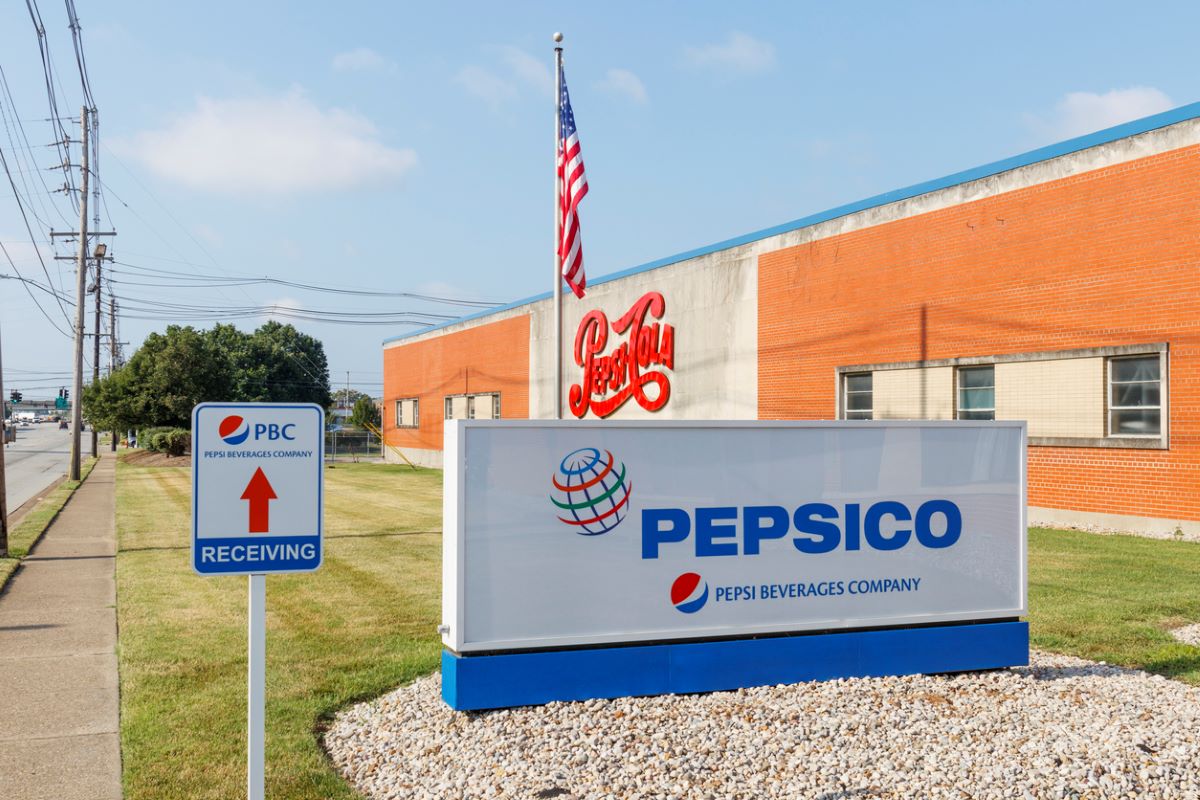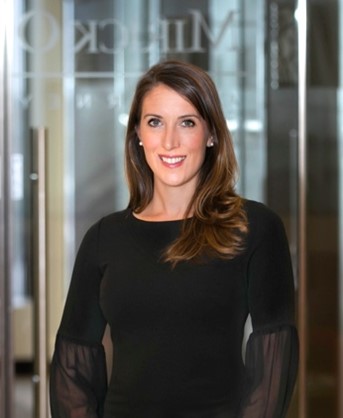5 issues every organization should consider in planning their return to work
Experts from Pepsico and elsewhere weigh in on legal, communication and hybrid workspace issues.

With vaccination hitting a critical mass that allows a return to the office, organizations around the globe are designing a new normal for their business operations. But employers and employees have a long list of concerns that need solutions and deliver confidence to the workforce.
A recent FlexJobs survey found 58% of remote workers would look for a new job if they were denied remote-work options.
Those surveyed listed concerns such as office distractions (34%), lack of health and safety measures (32%), and being away from family or pets (26%) as barriers to returning to work.
To be sure, with just 28% of workers back at the workplace, organizations are still rolling out their return-to-work efforts. Some chief issues include:
- Dispelling COVID-19 fears with clear expectations for the workplace.
- Maintaining flexible benefits and policies.
- Communicating all the changes and expectations effectively.
- Keeping a focus on the long-term Mental-Health impact of COVID-19.
- Whether to maintain remote or hybrid work in some capacity.
Covid-19, vaccinations, and the law
The challenge of keeping employees safe is still on the table. Employers are navigating murky waters with mass vaccinations underway but a significant percentage of the population refusing vaccination altogether.
The decision to mandate vaccines is complicated, but employers can use strategic communications to create a clear plan for reducing infection risks and educating employees on new expectations.
Amanda Baer, a partner at Mirick O’Connell law firm in Boston and other Massachusetts cities, counsels corporations on return-to-work legal issues. “The question I most often receive is whether or not an employer may mandate employees to become fully vaccinated,” says Baer. “In short, yes employers can issue such a mandate. However, not all employers shouldissue such a mandate because it can lead to complicated scenarios if there are employees who request an exemption from the mandate for disability and/or religious reasons.”

Baer says because of this scenario, employers can’t separate workers by vaccination status.
“I strongly discourage that practice because there is too much potential for the unvaccinated employees (who may be unvaccinated due to a disability or religious belief) to feel that they are being excluded or discriminated against,” says Baer. “Rather, I suggest that employers require that unvaccinated employees wear masks when social distancing is not possible.”
Baer says asking for proof of vaccination is generally legal, and she recommends employers keep a copy of the vaccination card in medical files already protected by federal privacy laws. Organizations need to train managers to never ask employees why they aren’t vaccinated or pressure them to get vaccinated, she adds. “Doing so could potentially lead to claims of discrimination, harassment, and/or retaliation, so all communications from the employer about vaccination status and mandates/incentives should come from human resources or a designated individual,” Baer says.
Organizations like the University of Central Florida use mobile apps to screen staff before they come into work, prepare employees and students for policy expectations, and to conduct contact tracing.
Flexibility meets the moment
Addressing employees’ shifting and unexpected needs during the pandemic led organizations to embrace flexibility—and it worked. What they do with those lessons will play out as corporations choose whether to include flexibility in the post-pandemic workplace.
Remote workers struggled with balancing work and life demands, but a year into the pandemic, the majority, numerous surveys indicate, wanted to keep the flexibility of remote working once workplaces re-opened. Reasons to included concerns about workplace safety, no commuting, a lower cost of living, more time with family, and a better quality of life overall.
Employers also saw advantages in being flexible with benefits. Many reported high engagement and positive feedback when they rolled out benefits as needed instead of waiting for the annual enrollment period. Organizations that shifted quickly to support employees during the pandemic saw higher loyalty rates. Benefits flexibility was treated more like PTO, backup childcare options, upgraded EAPs that extended to family members, and dedicated “wellness” periods that created more empathetic working environments.
Communicating changes and expectations
After gathering feedback from employees on their needs, organizations typically seek to create clear framework policies around safety, the hybrid approach, and remote work. Policy rollouts then need a communications strategy to educate and inform employees. “Expectation management is the key to a successful transition back to the office,” says Helio Fred Garcia, president of the Logos Consulting Group, an executive communications and coaching firm in New York City. “When expectations are clearly defined and met, trust is either maintained or regained.”
Whatever an organization’s plans are for the return of their workforce to physical office spaces, one thing above all else will support a smooth return, Garcia says: Clear, frequent communication about what employees can expect—and what is expected of them. Proven effective communication methods include:
- Dedicated web pages on the intranet
- Webinars
- Town Halls or Q&A sessions
- Communications kits for managers
- Video messages
- Mailed flyers

HR and wellness managers should take a cue from the marketing team: once is never enough. Frequent messaging from all sources is required to get the word out on an organization’s new normal.
Mental health needs are still a priority
A March survey by digital healthcare provider Ginger found that 96% of CEOs believe their companies are doing enough for employee mental health. But only 69% of employees agree. Companies that expanded mental health benefits and EAPs last year are, for the most part, keeping the services, considering the massive engagement numbers in the past year.

“It’ll be a year ‘post-pandemic’ for the mental-health issues to get back to the pre-pandemic baseline,” Ginger CEO Russell Glass told Employee Benefit News. “There’s going to be a long tail of mental-health issues as we come out of the pandemic because the reasons that lead to these mental health increases are still there.”
Many employers ensured that their workers could access mental-health care on demand, extended benefits to household members, and considered inclusivity when choosing providers. They also adopted digital tools and telehealth to deliver and supplement these services. Artificial intelligence-based platforms like the one used by IBM make it easier for employees to evaluate their individual mental-health needs.
Remote work is here to stay
While not every organization can maintain working from home, many have decided to either go remote-first (where there’s little to no physical real-estate location) or hybrid (where some workers are remote and some aren’t, or where employees have the option to work from home at various times during the workweek).
After spending $317 billion on information technology upgrades for remote work last year, organizations are forecast to spend $333 billion on these tools in 2021. The tech industry is taking advantage of these changes by keeping stay connected when helping to manage hybrid workspaces. One such tech solutions provider is Upflex, which offers several products via an app to help employers manage a workplace with less real estate. Its clients include American Express, Schneider Electric, and Colliers International. Upflex co-founder and CEO Christophe Garnier says companies are asking lots of questions as they figure out the best way to manage the return to the office.

“The questions are mostly being treated by two different departments within those companies,” says Garnier. “HR is one of them, of course, because we’re talking about employees’ productivity, happiness, wellness, and satisfaction. But also, the real-estate team is involved because they’re managing office budgets.”
To accommodate the challenges of hybrid workspaces, companies like UpFlex offer flexible features with low cost and commitment levels so companies can shift as their hybrid plans find their footing. For example, UpFlex offers tools to let employees book desks in the office or at co-working spaces, operate a “hub-and-spoke” office structure, or choose private office sites that offer CDC-compliant safety measures.
PepsiCo unveils its hybrid model
One such global company choosing to go hybrid is PepsiCo. Headquartered in New York, PepsiCo employs 291,000 employees worldwide. It manages 80,000 corporate employees at 32 locations across 24 countries.
“As one of the world’s leading corporations, we made the decision to evolve PepsiCo’s workplace choices to not only meet today’s new realities, but to preempt tomorrow’s expectations, with flexible working standards that promote overall employee wellbeing and drive continued productivity,” says Sergio Ezama, PepsiCo’s chief talent officer and chief human resources officer.
To accomplish this, PepsiCo designed a program for its corporate employees called “Work that Works” to facilitate the policy changes it created. During the pandemic, PepsiCo noticed its productivity and performance remained high, so it conducted extensive research among employees and leaders, using those insights to build a new workplace strategy. It found that employees wanted to keep the flexible workplace style.
PepsiCo also interviewed 200 of its top leaders worldwide, using their perspectives to guide the policy design. The result is a policy change untethering headquarters-based employees from a default office space. “As a result of the default work-from-home spurred by the pandemic, we have come to realize the multiple benefits associated with a more flexible design, but also where to focus to make our future model relevant and effective for employees,” Ezama says.

PepsiCo says how and where work gets done will be determined by an array of factors, including employee roles, daily activities, and team dynamics. It’s using app-based reservation solutions and enhanced meeting-room technology to accommodate changes. Tools include Zoom, Teams, Yammer, and Smart Analytics to analyze employee occupancy and communications data. The analytics will help PepsiCo update its policies with data-informed changes.
“The 2020 pandemic accelerated and proved remote work as a business continuity tool for organizations to stay functional and successful,” Ezama says. “We are confident PepsiCo will become a stronger, better-performing company with the “Work that Works” program providing a flexible work strategy that is better for our business, better for our talent and better for the planet.”
COMMENT
Ragan.com Daily Headlines
RECOMMENDED READING
Tags: flexibility, hybrid workplace, mental health, PepsiCo, return to work

